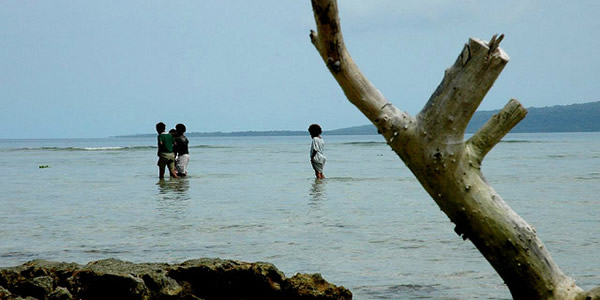In the bureaucratic ecosystem that is international climate agreements, the Ad-hoc Working Group on the Durban Platform for Enhanced Action (ADP) is one of the most complex. The deal that came out of South Africa had four main components and they are inextricably connected.
Central to the agreement was the recognition that it is essential to raise mitigation ambition in the short-term. Scientists have been absolutely clear that if emissions don’t come down pre-2020, the opportunity to avert the worst impacts of climate change – including the total inundation of some countries by rising seas – may be irrevocably lost.
Thus, the Durban agreement called on countries to launch a work programme where they could submit ideas on how to immediately ramp up their mitigation efforts. AOSIS submitted a plan that is available on our website.
Unfortunately, parties have been slow to advance this track and it will be up to us to push for it every chance we get.
Other aspects of the Durban package are linked to the need for short-term mitigation ambition: including a commitment to build a strong second commitment period under the Kyoto Protocol; a call to successfully close down work under the Long-term Cooperative Agreement (LCA), and finally to start shaping the contours of a legally binding post-2020 climate regime that is based on scientific imperatives.
For the KP, we have called for parties to take on more ambitious emissions reduction targets under the second commitment period and for them to be applied provisionally beginning January 1, 2013 to avoid a gap in legal force.
On the LCA, AOSIS is calling for the successful conclusion of the negotiating track, including agreeing to a 2015 peaking year for emissions and a global goal of reductions in global greenhouse gas emissions by more than 85% below 1990 levels by 2050.
Additionally, definition must be given to the modalities for a science-based 2013 to 2015 review of the adequacy of the long-term global goal with a view to strengthening it to well below 1.5 and the overall progress made towards achieving it.
For long-term work under the ADP, we have emphasized that the outcome of the process agreed in Durban should be a Protocol under the Convention applicable to all Parties, to be adopted no later than 2015, which strengthens the multilateral rules-based and legally binding regime, is based on science and the principles of the UNFCCC and ensures the survival of all SIDS.
Finally, the Durban agreement was conspicuously silent on climate finance. Call it the ADP’s “missing element.” This is a crucial oversight that must be addressed in Doha to avoid a gap after the fast start finance period ends, and to provide scaled-up, new and additional, predictable and adequate climate finance going forward.
The political and textual equilibrium achieved in Durban arose from a spirit of cooperation, a commitment to achieve the elements described above, and many long hours of hard work. The same balance will be required if we want to be successful in Doha.
